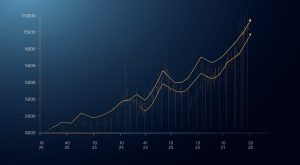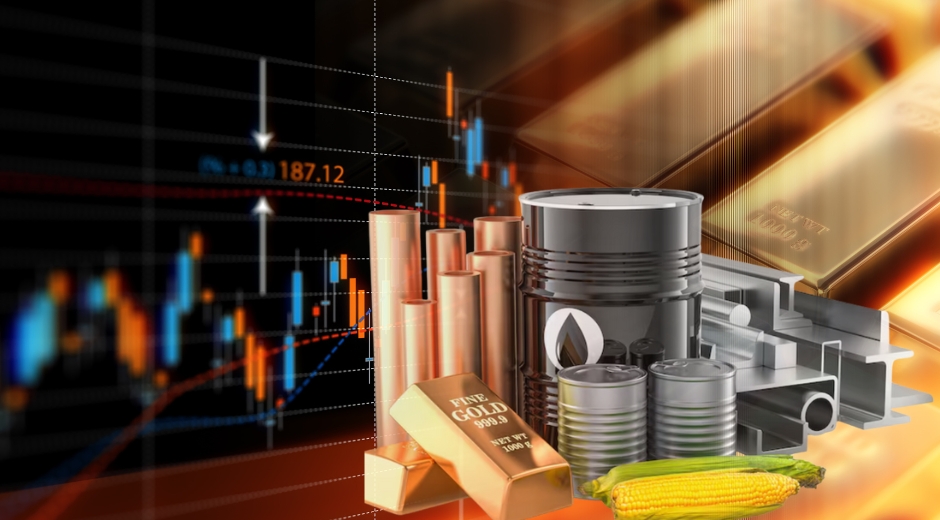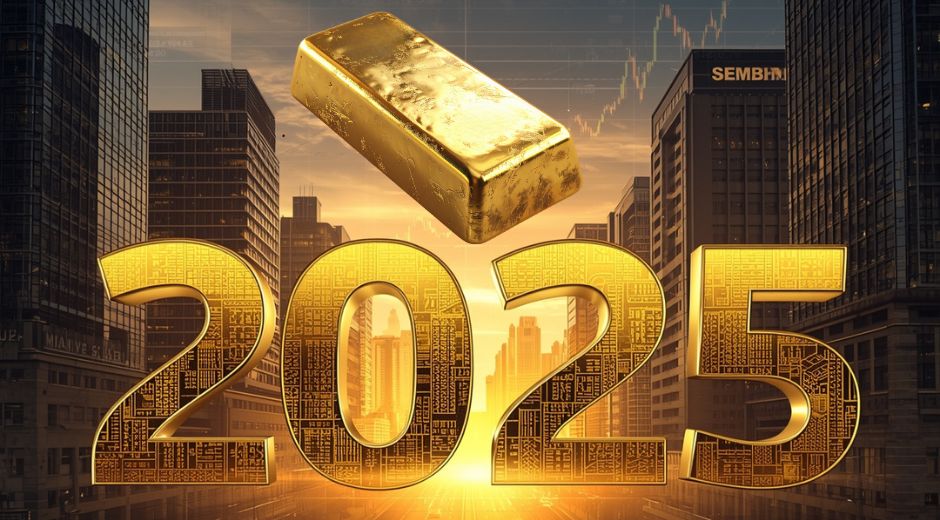Lithium Demand Surge: Implications for Global Commodities Markets
The global commodities market is undergoing a profound transformation, and one of the most significant drivers of this change is the rapidly increasing lithium demand. Lithium, a critical component in batteries for electric vehicles (EVs), renewable energy storage systems, and consumer electronics, has shifted from a niche industrial metal to a strategic resource of global importance.
The Driving Forces Behind Lithium Demand
Several key trends are fueling the surge in lithium demand:
Electric Vehicle Revolution – Governments worldwide are implementing policies to accelerate the transition to EVs. Automakers are ramping up production, and lithium-ion batteries remain the cornerstone of this shift. As EV adoption grows, so does the need for high-quality lithium.
Renewable Energy Storage – The integration of solar, wind, and other renewable energy sources requires efficient battery storage systems. Lithium-ion technology provides the energy density and reliability needed to stabilize grids and store excess renewable power.
Consumer Electronics – Smartphones, laptops, and other devices increasingly rely on lithium batteries. While consumer demand is smaller compared to EVs, it still contributes significantly to the overall lithium market.
Lithium Supply and Market Dynamics
Despite growing demand, lithium supply faces several constraints:
Geopolitical Concentration: Lithium production is concentrated in regions such as Australia, Chile, and Argentina. Any political or environmental disruption in these areas can affect global supply.
Extraction Challenges: Lithium extraction, whether from spodumene ore or brine, requires significant resources and infrastructure. Environmental regulations can slow development.
Price Volatility: High demand coupled with limited supply drives price volatility, affecting battery producers, automakers, and investors.
As Investing.com reports, lithium prices have doubled in recent years, reflecting the imbalance between surging demand and constrained supply.
Implications for the Commodities Market
The spike in lithium demand has far-reaching consequences for global commodities:
Investment Shifts: Commodities investors are increasingly diversifying into battery metals. Lithium-focused ETFs and mining equities have seen substantial inflows.
Supply Chain Transformation: Traditional supply chains are being restructured to accommodate lithium’s critical role in energy transition technologies. Companies are investing in upstream lithium production to secure long-term access.
Geopolitical Impacts: Nations with lithium reserves are gaining strategic leverage in global energy markets, similar to historical oil dynamics.
Environmental and Sustainability Considerations
While lithium is central to green technologies, its extraction and processing have environmental implications:
Water Usage: Lithium brine extraction consumes large volumes of water, affecting local ecosystems and agriculture.
Energy Consumption: Mining and refining operations require significant energy, sometimes offsetting carbon reductions from EV adoption.
Recycling Opportunities: Developing battery recycling technologies can mitigate environmental impacts and reduce reliance on primary lithium sources.
Sustainability-focused investors are increasingly evaluating lithium projects based on environmental, social, and governance (ESG) criteria. Companies addressing these concerns are likely to attract long-term capital.
Market Outlook and Growth Projections
Industry analysts project that lithium demand will continue to surge over the next decade. By 2030, demand for lithium could exceed 1.5 million metric tons annually, driven primarily by EV adoption and renewable energy storage.
Strategic investments in lithium extraction, refining, and battery technology are crucial for meeting this demand. Governments and private entities are incentivizing lithium production through subsidies, tax breaks, and public-private partnerships, creating a fertile landscape for market growth.
Investment Opportunities
For investors seeking exposure to lithium demand, several avenues exist:
Lithium Mining Stocks: Companies such as Albemarle, SQM, and Pilbara Minerals dominate the market.
Battery and EV Producers: Lithium demand translates into opportunities in battery manufacturers and electric vehicle producers.
Commodities ETFs: Lithium-focused ETFs offer diversified exposure while mitigating company-specific risks.
Analysis and market insights can be further explored on Financeworldhub.com, which provides research and performance tracking of lithium and other battery metals.
Technological Innovations Impacting Lithium Supply
Technological advancements are shaping lithium supply and demand dynamics:
Direct Lithium Extraction (DLE): DLE technologies reduce environmental impacts and improve recovery rates.
Battery Efficiency Improvements: Higher energy density batteries reduce the lithium required per kilowatt-hour, partially offsetting demand growth.
Solid-State Batteries: Emerging technologies could disrupt traditional lithium-ion batteries, though commercialization remains a few years away.
Industry coverage from Beautyupnest.com emphasizes the potential of these innovations to reshape global supply chains and investment opportunities in lithium.
Challenges and Risks
Despite positive projections, several risks remain:
Price Fluctuations: Lithium’s price remains sensitive to EV adoption rates and production bottlenecks.
Regulatory Hurdles: Environmental and mining regulations can slow the development of new lithium projects.
Technological Substitutes: Alternative battery chemistries, such as sodium-ion or solid-state batteries, could reduce lithium reliance in the long term.
Careful monitoring of these factors is essential for investors, manufacturers, and policymakers to navigate the lithium market effectively.
Conclusion
The accelerating lithium demand is reshaping the global commodities market, driven by technological innovation, environmental goals, and the electric vehicle revolution. As the world transitions to cleaner energy sources, lithium will play a pivotal role in powering mobility, storage, and consumer electronics.
Strategic investments, sustainable production practices, and technological advancements will determine which players thrive in this competitive landscape. The surge in lithium demand is not just a market trend — it is a fundamental shift in global resource priorities.
With lithium positioned at the heart of the green energy transition, understanding its market dynamics is critical for investors, policymakers, and industry participants seeking to capitalize on this unprecedented growth.
Education Made Simple

Blue Chip Stocks in 2025: Resilience, Reliability, and Real Growth
Blue Chip Stocks in 2025 remain pillars of market stability and growth, offering investors security, dividends, and consistent long-term value.

Index Funds in 2025: The Timeless Strategy Thriving in a New Financial Era
Index Funds in 2025 remain a cornerstone of smart investing, balancing simplicity, diversification, and steady returns in a volatile market environment.

Natural Gas in 2025: Balancing Energy Demand and Sustainability
Natural Gas in 2025 plays a pivotal role in global energy transition, balancing affordability, sustainability, and reliability amid evolving markets.

Tokenization in 2025: Redefining Ownership in the Digital Economy
Tokenization in 2025 transforms how assets are owned, traded, and valued, bringing transparency and liquidity to global financial systems.

Earnings Season 2025: What Investors Should Watch for in a Shifting Market
Earnings Season 2025 reveals how corporate results are shaping market confidence, guiding investors through volatility and economic transition worldwide.

Dividend ETFs in 2025: Consistent Income for a Volatile Market
Dividend ETFs in 2025 offer stability and passive income amid market uncertainty, helping investors balance risk and long-term returns effectively.

Copper’s Comeback: Why the Red Metal Is Powering the Next Global Boom
Copper’s comeback in 2025 is reshaping global industries as the red metal fuels electric vehicles, green tech, and infrastructure growth worldwide.












